Describe a place that you would like to learn the culture there (e.g. library, museum, theatre) Cue Card | September to December 2024
Where it is
How you knew this place
What it is like
And explain how the place is related to culture
1. Plethora – many
2. Holy city – Sacred site
3. Paradise – Perfect place
4. Amazed – Greatly surprised
5. Plenty of – Abundant supply
6. Renowned – Well-known
7. Immense gratification – Great pleasure
8. A red letter day – Memorable occasion
There are a plethora of places where we can learn about the culture and tradition of our country, such as museums, historical places, and more. However, I’m going to talk about a particular place where I would love to learn about the culture: none other than ‘Virasat-e-Khalsa,’ which is located in the heart of the holy city, Anandpur Sahib. This place has exhibitions and galleries that show the history and culture of the Sikh religion. It is now one of the most visited museums in Punjab.
I came to know about it from one of my friends who visited there and shared his whole experience with me. After that, I also searched about it on social networking sites. Through the internet, I learned many important things about this place. The best thing about Virasat-e-Khalsa is that it is free for visitors. The appearance of this place is like paradise, and we can be amazed to see the entire culture of Punjab presented before our eyes.
There are different sections in the museum. In the first one, they give us headphones so we can listen to a brief story about a particular event. Additionally, there are plenty of statues of renowned individuals who sacrificed their lives for the Sikh religion, which look almost real. By visiting there, one can learn about the way of life in early Punjab, including the lifestyle of individuals, their clothes, farming tools, and food. This place is also considered the 8th wonder of the world due to its infrastructure.
My friend told me that inside the place, phones are not allowed, so he couldn’t take any pictures, but he showed me pictures of the outer structure, which evoked my interest in visiting there. In conclusion, I can say that this place is the best choice for anyone looking to broaden their knowledge about the culture, tradition, and lifestyle of early Punjab. My family and I are planning to go there on our next vacation to explore this place and gain immense gratification. I think everyone should visit there to stay connected with the roots of their culture. When I get the chance to go, it will indeed be a red-letter day for me and my whole family. So, all in all, it is the place where I would like to learn about the culture.
Follow-ups
1. Does the culture of the past have an impact on today’s culture?
The culture of the past significantly impacts today’s culture. For example, traditional festivals and customs, such as Diwali in India or Thanksgiving in the U.S., continue to be celebrated widely, preserving historical values and practices.
2. Which is more important in terms of culture, literature or music?
Both literature and music are crucial in terms of culture, but their importance varies by context. For instance, literature like Shakespeare’s plays preserves historical and societal changes, while music, such as hip-hop, can unify people and express contemporary issues, reflecting the dynamic nature of culture.
3. How do young people learn about different cultures?
Young people learn about different cultures through various channels. For example, they might study world history in school, travel to new countries, or engage with international content on social media platforms like YouTube, which helps them understand and appreciate diverse cultural practices.
4. What kind of culture is popular among young people?
Popular culture among young people often includes digital culture, music, and fashion. They are influenced by global trends through social media, which promotes a blend of traditional and modern cultural elements, creating a dynamic and evolving cultural landscape.
5. How is a culture formed?
A culture is formed through shared experiences and continuous interactions among people. For example, community events, shared meals, and traditions such as family game nights help develop and strengthen cultural bonds over time, illustrating how collective activities and values create a unique cultural identity.



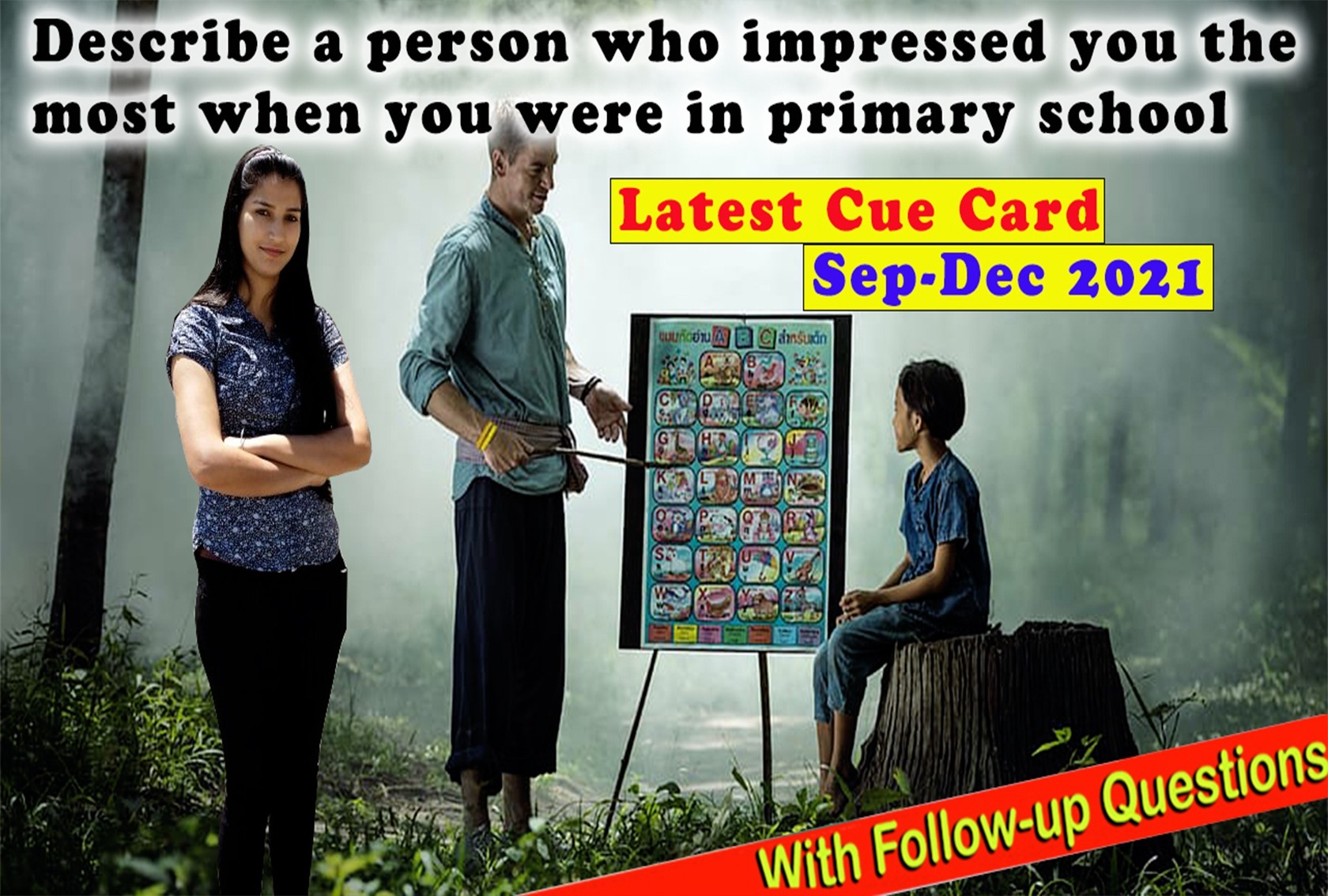


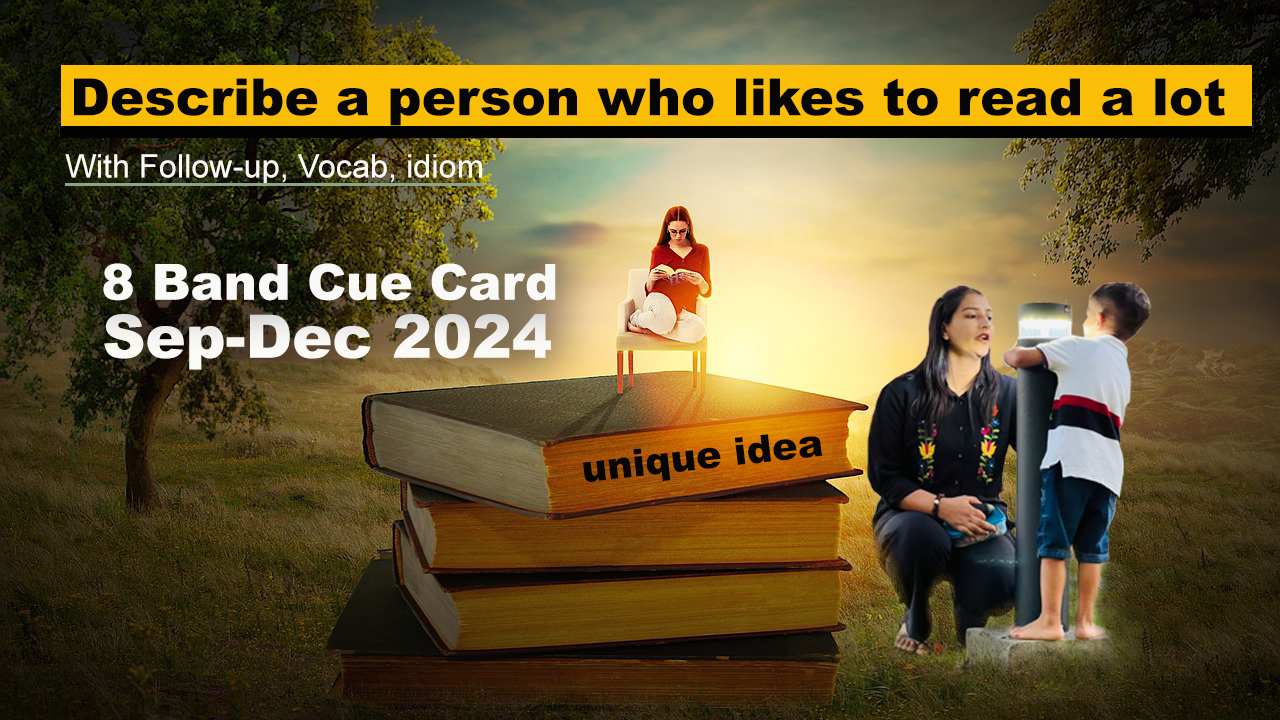




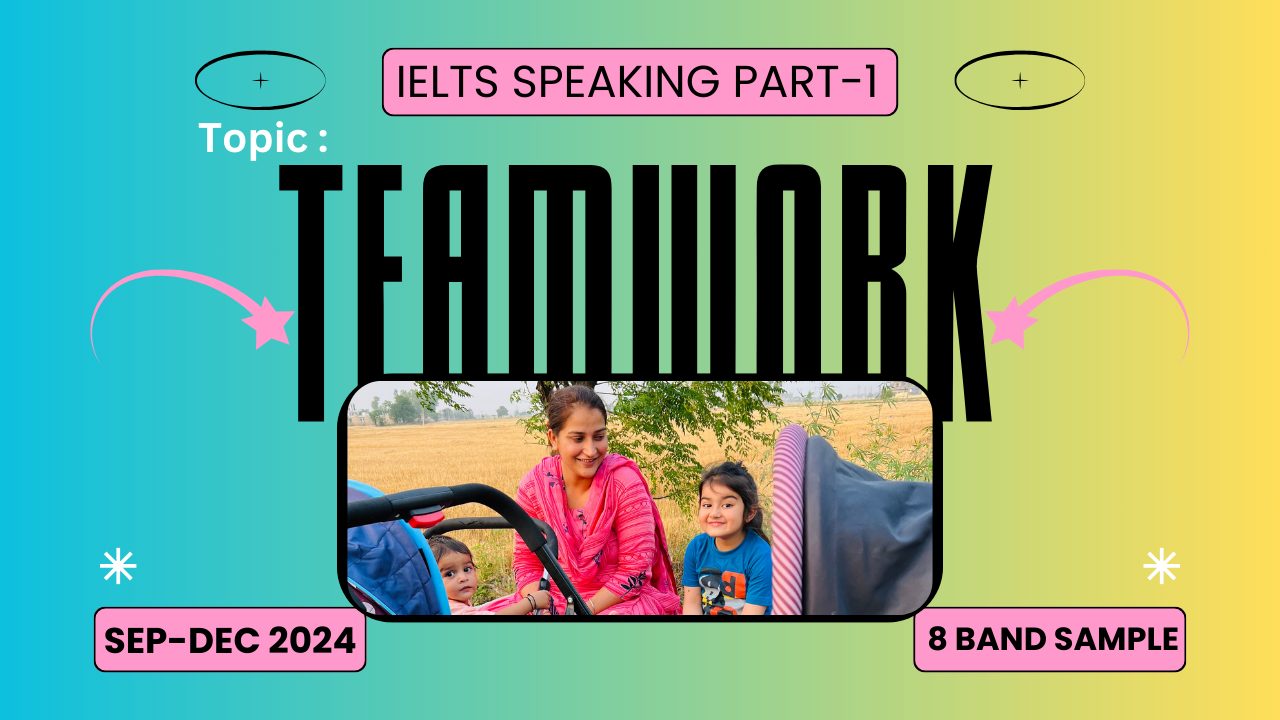

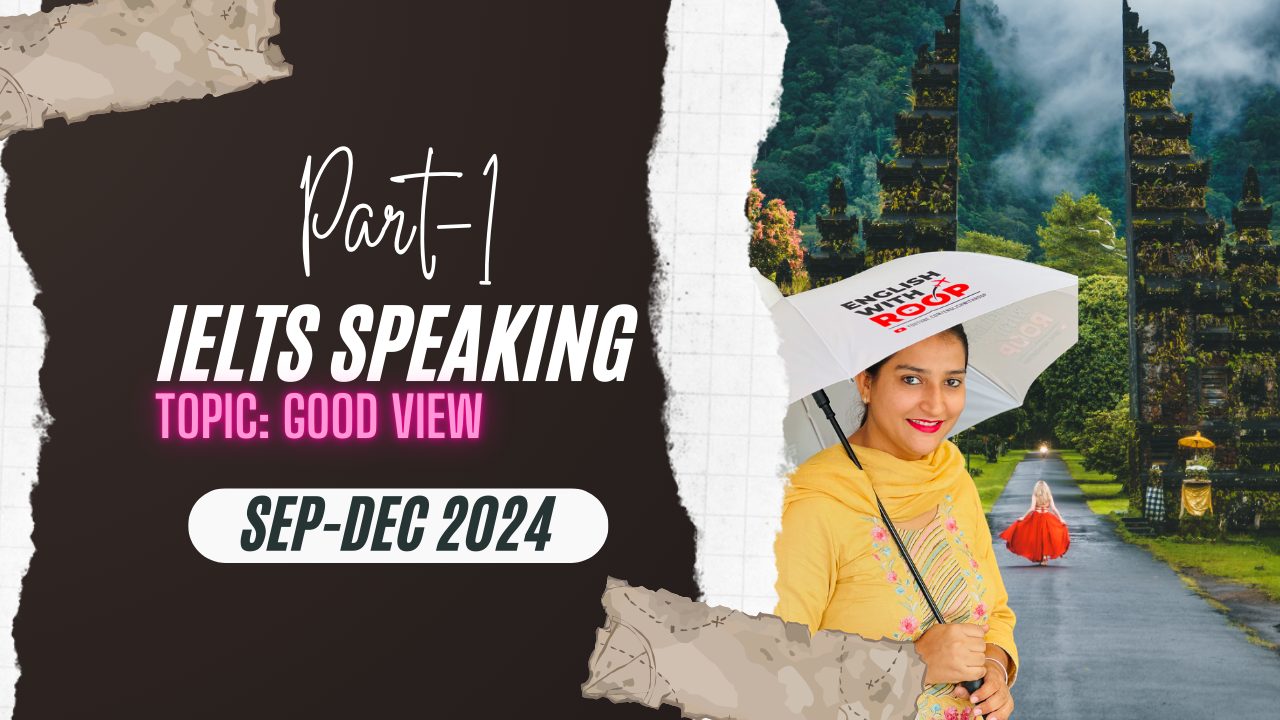
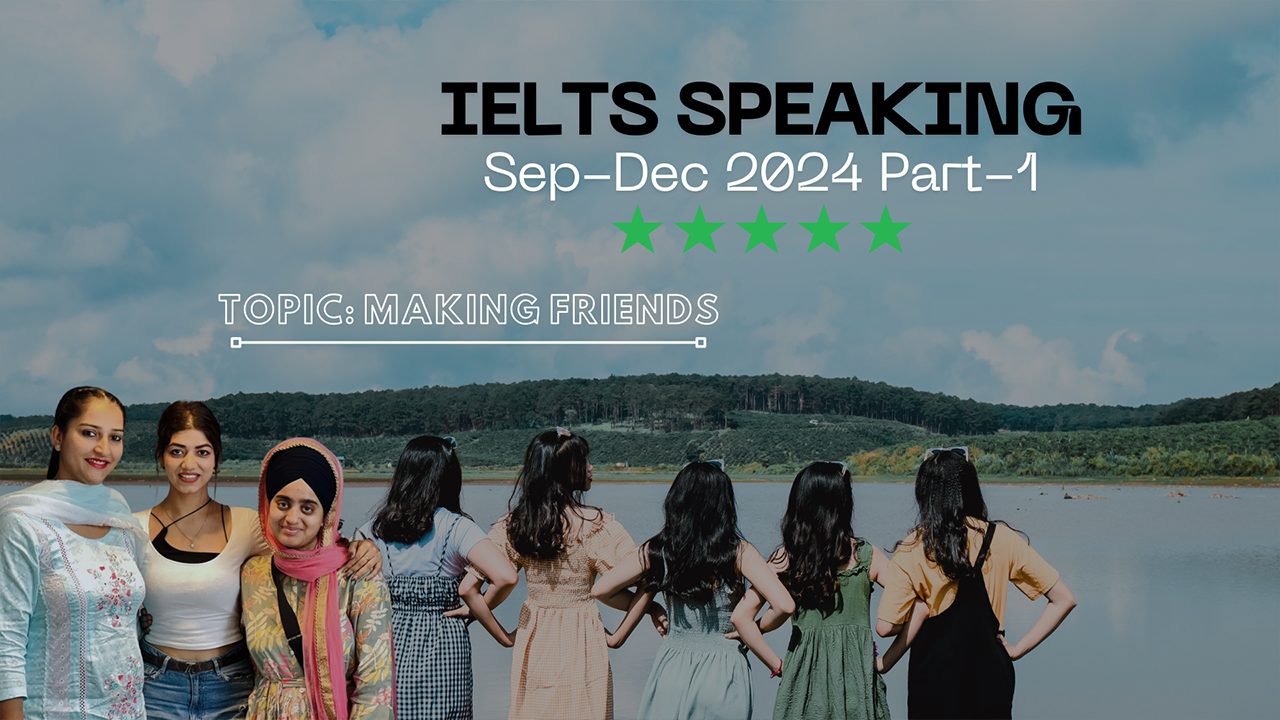
Got a Questions?
Find us on Socials or Contact us and we’ll get back to you as soon as possible.